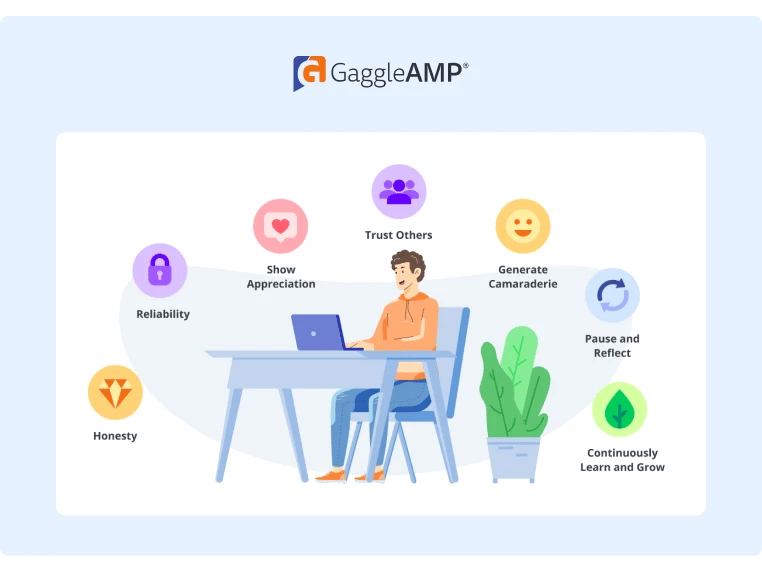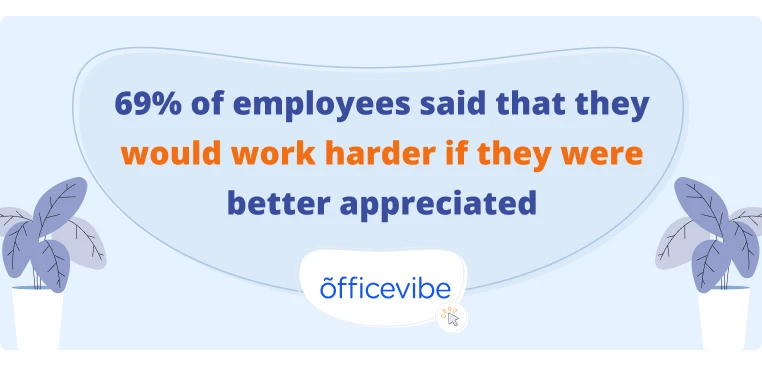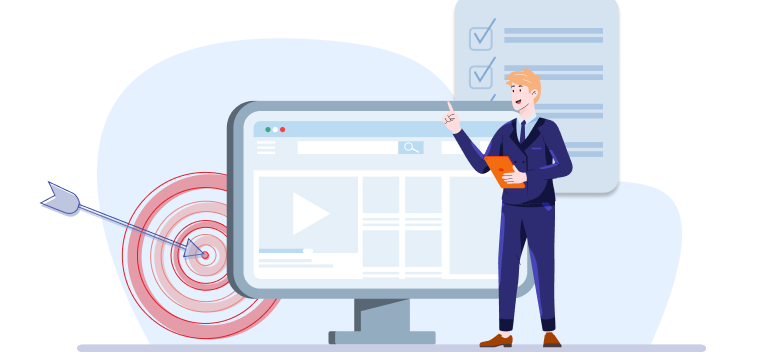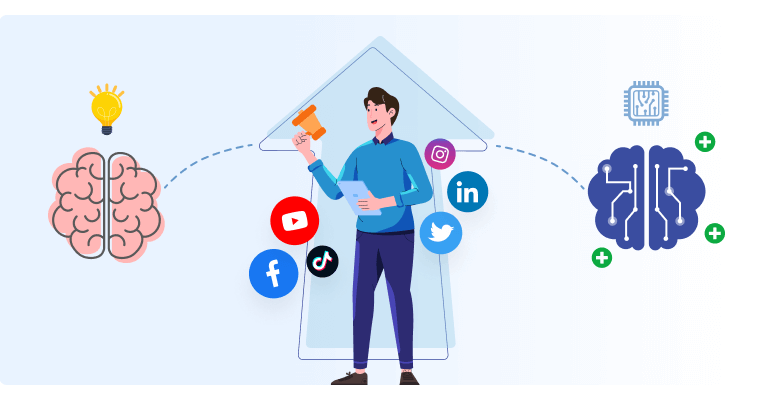Internal Marketing: 4 Strategies To Help Your Company Prioritize It
Internal marketing, sometimes called employee marketing, is an essential part of getting your employees on board with your brand’s values, culture, goals, products, and services.
The purpose of internal marketing is to increase employee engagement. Unfortunately, sometimes internal marketing isn’t prioritized. In fact, it can often fall by the wayside with management in favor of actions and projects that produce a quick return on investment (ROI).
Here are four strategies to help make internal marketing a priority at your company.
1. Get Your Teams on Board
Effective internal marketing requires a workforce full of people who feel sufficiently connected to their organization and making this happen starts with how your people get their first real-world experience with the company. In fact, one study by Glassdoor found that 91% of employees who believed they had a highly effective onboarding process were significantly more likely to feel a sense of commitment to their organization.
So, the first step is to bring all of the current department leaders and teams (including HR and marketing), together to explain the company's mission, vision, work culture, products, and services. This will ensure everyone is on the same page for branding going forward.
Though training new employees on the specific requirements and processes tied to their job is certainly important, too much focus on this can lead to the employee viewing their job in isolation and failing to get involved with the wider character of the business. Supplying all new hires with a consistent branding packet will avoid any mixed messages or confusion surrounding the company’s mission, vision, work culture, products, and services.

An example from GaggleAMP’s vision guide.
Make a point to review your onboarding process, and restrategize it in a way that helps new hires become intimately familiar with your product or service, your brand identity, and mission. This initial groundwork will make it much easier for them to feel part of a whole, rather than an individual restricted to their job title.
2. Review Your Current Internal Marketing
As a marketer, sometimes the hardest sell is to your own organization which is why consistent internal marketing is so important. Your internal marketing efforts should focus on gaining buy-in for the vision, mission, or focus of the company. When we all have one collective goal we’re moving towards, employees find themselves better vested in the company and more engaged in the outcomes.
Oftentimes these efforts are spearheaded by HR in larger organizations or by the marketing team in smaller companies. To best determine if your internal marketing is making an impact, you need to do a full review of what you are currently marketing internally and the receptiveness of employees.
Can your employees tell you what the direction of the company is? Do they know the common goals all departments are working towards? What are their attitudes towards the products and services your company sells? All of these internal marketing motions have an impact on your employee's attitude towards the company, and ultimately a customer's feelings towards your company.

Source: OakEngage
If you have never done an assessment of your internal marketing efforts before, start asking questions. Have a conversation during team meetings or one-on-ones to establish if everyone is on the same page. If you find there might be a disconnect, survey the staff more broadly to get their take on the overall experience with the company.
You might find through this process that your messaging might be off and you need to address it. Alternatively, you might find the messaging is fine but the method of delivery could be improved (e.g., rather than a Slack summary, people prefer email). Take the results of these surveys to drive improvements within your internal marketing strategy. Don’t forget to do these surveys often to benchmark where you started and where you’ve gotten, addressing any other issues that pop up along the way.
3. Share Your Realigned Marketing Messages (With Training)
If you’re sending contradictory signals in your internal communications and the marketing content that you show to the world, this will be poison to your internal marketing.
Let’s say, for example, that your external marketing contains a lot of advocacy for employee well-being and burnout awareness. Still, managers are delivering type-A motivational speeches driving the workers in their team to do more work in less time. In the best-case scenario, these misalignments can lead to some minor confusion about what your brand stands for. But what’s more likely is that your workers will start to question the brand’s integrity, and feel disconnected from the brand identity.
Make sure that your employees are sharing the right kind of marketing messages. This can be done by providing training sessions with your realigned marketing strategy and open forums for employees to ask questions.
Your company can’t prioritize internal marketing while its external messaging is at odds with it, so be sure that neither of these are siloed.
Taking a more involved role in your top-level marketing training strategy ensures seamless communication between marketing creatives and those in charge of internal marketing. All parties will take your brand identity seriously, presenting a more consistent and trustworthy image to your whole workforce.
4. Use an Employee Advocacy Program
Small and large businesses can benefit from an employee advocacy program. Here are some of top benefits of an employee advocacy program:
-
Creating Brand Awareness. Not only does it create brand awareness, but it also increases your lead generation rate.
-
Reducing Advertising Costs. By utilizing your employees’ social media reach, you’re making them in-house brand ambassadors. Since they’re already on the payroll, this doesn’t cost the company anything extra. In fact, you’re saving on advertising.
-
Leading to Better Talent Acquisition. People are more likely to apply for a job with a company that they’re familiar with and a strong employer brand.
-
Creating Meaningful Relationships Between Your Employees and Consumers. Your employees and customers will be able to relate to each other better. This will result in better customer satisfaction, positive testimonials, repeat business, etc.
These four benefits of an employee advocacy program make a compelling case to prioritize your company’s internal marketing.
Final Thoughts
Brands that aren’t prioritizing internal marketing are missing an opportunity to boost their employee engagement, increase lead generation, save money, and boost profits. Your employees are among your most important stakeholders, so if you haven’t given much thought to your internal marketing, now’s the time to start!
Ready to implement an employee advocacy strategy? Schedule a demo of GaggleAMP today.










